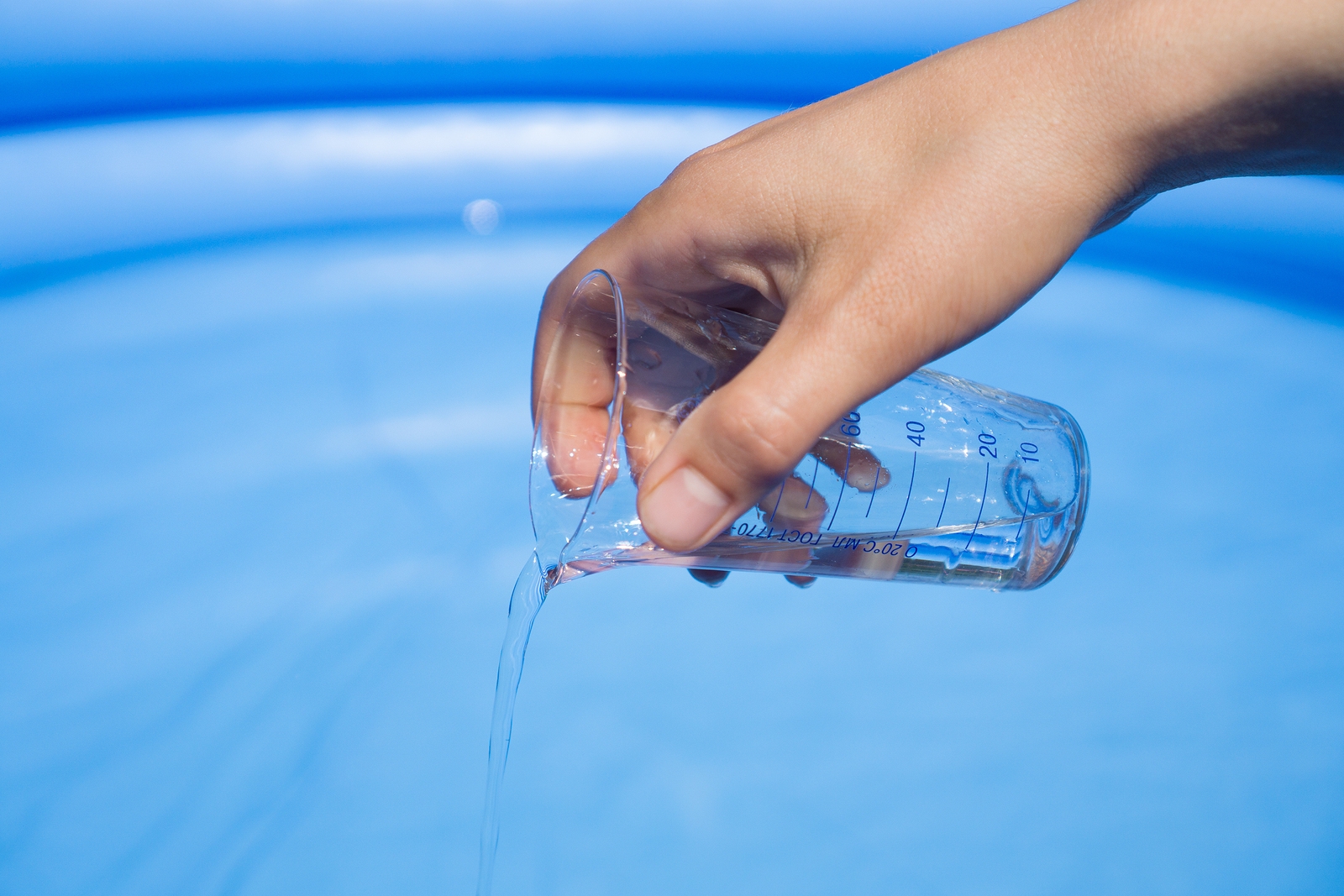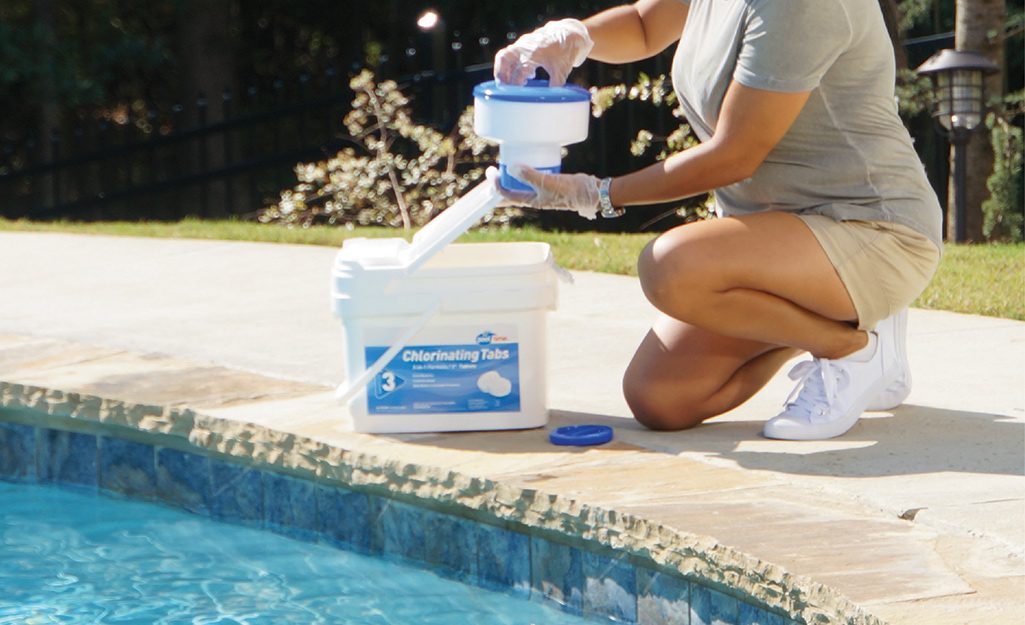Having a swimming pool is a wonderful addition to any home, providing a perfect place to relax and cool off during the hot summer months. However, in order to keep your pool water clean and safe for swimming, it is essential to regularly add the right chemicals. Properly maintaining the chemical balance in your pool is crucial for ensuring that the water is free from harmful bacteria and algae.
The Importance of Adding Chemicals to Your Pool
Adding chemicals to your swimming pool is a vital aspect of pool maintenance. These chemicals help to sanitize the water, prevent algae growth, and maintain the pH balance at optimal levels. Failure to add the necessary chemicals can result in cloudy water, algae blooms, and even pose health risks to swimmers.
Types of Pool Chemicals
There are several types of chemicals that are commonly used in swimming pools:
- Chlorine: Chlorine is one of the most important chemicals for pool maintenance. It helps to kill bacteria and other harmful organisms in the water.
- pH Increaser and Decreaser: These chemicals are used to adjust the pH levels of the pool water. Maintaining the correct pH balance is essential for swimmer comfort and the effectiveness of other chemicals.
- Algaecides: Algaecides are used to prevent algae growth in the pool water, keeping it clear and clean.
- Stabilizers: Stabilizers help to protect the chlorine in the water from being broken down by the sun’s UV rays.

Credit: pooloperationmanagement.com

Credit: www.homedepot.com
Steps to Add Chemicals to Your Pool
Adding chemicals to your pool may seem daunting at first, but with the right knowledge and tools, it can be a straightforward process. Here are the steps to follow when adding chemicals to your swimming pool:
- Test the Water: Before adding any chemicals, it is important to test the water to determine the current pH, chlorine, and alkalinity levels.
- Refer to the Manufacturer’s Instructions: Different chemicals have different application methods and dosages. Always refer to the manufacturer’s instructions for the correct dosage and application method.
- Pre-Dissolve the Chemicals: Some chemicals need to be pre-dissolved in a bucket of water before being added to the pool. This ensures that the chemicals are evenly distributed throughout the water.
- Apply the Chemicals: Slowly pour the chemicals into the pool water, distributing them evenly around the perimeter of the pool.
- Run the Pump: After adding the chemicals, run the pool pump for several hours to help circulate the water and distribute the chemicals effectively.
- Retest the Water: Wait for some time as per the instructions on the chemical packaging, and then retest the water to ensure that the chemical levels are within the recommended range.
- Adjust if Necessary: If the chemical levels are not within the desired range, make the necessary adjustments by adding more chemicals as needed.
Safety Precautions
When adding chemicals to your swimming pool, it is essential to follow some safety precautions to protect yourself and others:
- Always wear protective gear such as gloves and goggles when handling pool chemicals.
- Keep pool chemicals out of reach of children and pets.
- Store pool chemicals in a cool, dry place away from direct sunlight.
- Never mix different pool chemicals together as this can create hazardous fumes.
- Read and follow all instructions on the chemical packaging carefully.
Conclusion
Maintaining the proper chemical balance in your swimming pool is essential for keeping the water clean, safe, and enjoyable for swimmers. By following the correct procedures for adding chemicals to your pool and taking the necessary safety precautions, you can ensure that your pool remains in top condition throughout the swimming season.




